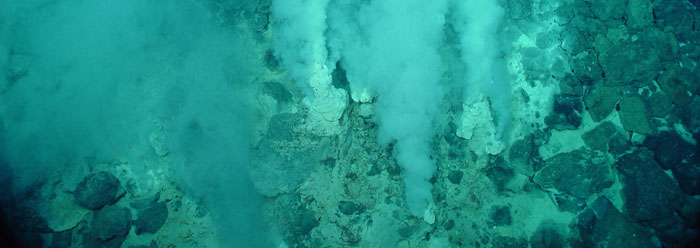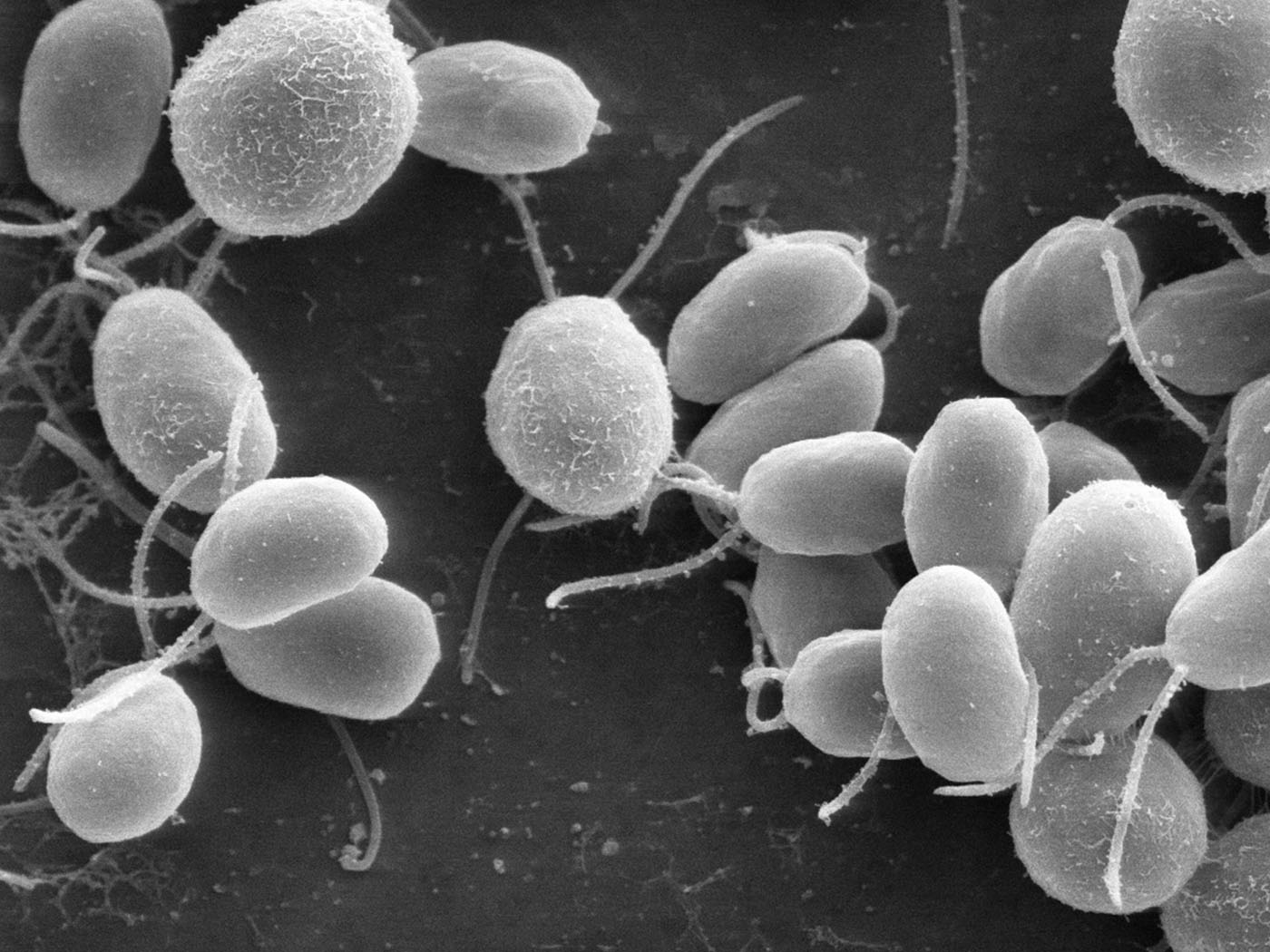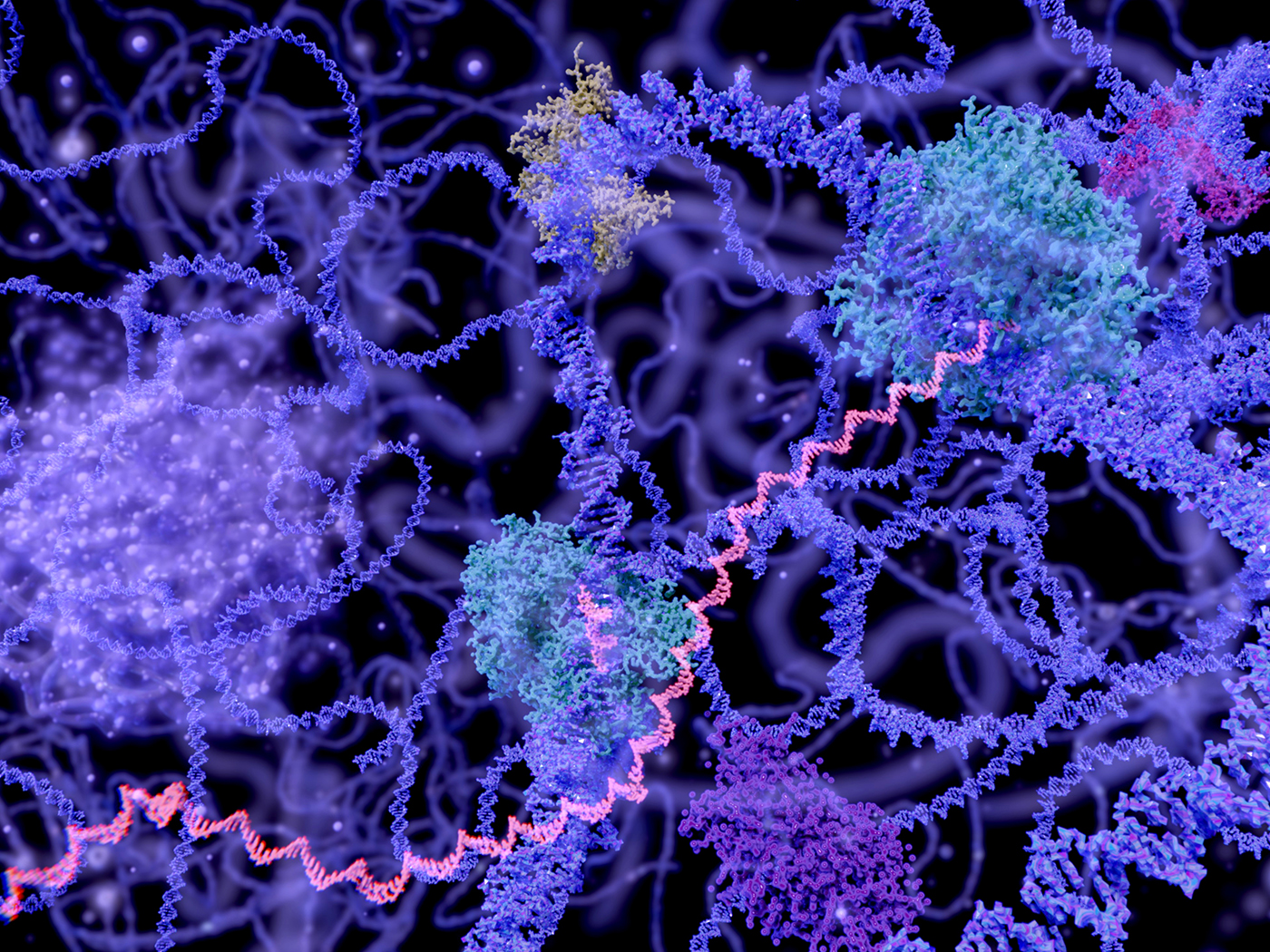Evolutionists have yet to figure out how life could have spontaneously developed from non-living chemicals. Richard Dawkins told New Scientist in 2009 that "the most profound unsolved problem in biology is the origin of life itself."1
Stanford University recently claimed that a team of its geologists "hasn't quite solved the problem, but they've come closer."2 However, such rhetoric is misleading because the researchers' new ideas add no real hope for a naturalistic origin for life.
The team speculated that the chemicals of life could have coalesced, concentrated, and coordinated themselves into a reproducing proto-cell in microscopic "pore spaces" found in serpentinite, which is a rock type that comprises some deep ocean vents. The researchers guessed that the rock walls of the tiny pores could have protected the chemicals they contained, perhaps even allowing "the resultant organisms to survive without cell membranes."2
How feasible is that, really?
According to a university new release, "this model of life's origins is only feasible under very specific conditions. Serpentinite, a cool Earth, and an acidic ocean all must have coexisted for a time."2 But many more specific conditions would have been required, including an intelligent designer. For example, the chemical building blocks of RNA…nucleotides named Adenine-5'-triphosphate, G-5'-triphosphate , C-5'-triphosphate, and Uracil-5'-triphosphate…do not all occur naturally. And when they are exposed to nature, they quickly break down.
Nevertheless, Stanford reported that "the nucleic acids that make up RNA may have occurred naturally in vent fluids."2 However, there is no evidence that they ever could have and plenty of evidence that they could not. For example, nucleotides are more prone to separating than they are to joining together into RNAs, especially in water. "Vent fluids" at the bottom of the ocean would include water.
Scientists have not been able to synthesize all the nucleic acids that make up RNA, even in experiments designed to replicate conditions most favoring the imaginary life-from-non-life chemistry. In fact, origin-of-life researchers must now satisfy themselves with mere facsimiles of real RNA nucleotides.3
And what about the meaningful organization of nucleotides into biologically functional structures? That requires an input of detailed, blueprint-like information that serpentinite cannot supply. Serpentinite substitutes for a real Creator about as well as a blob of oil substitutes for a master painter.
Stanford's news release proclaims that its scientists "lend geophysical support to a theory of life's origins."2 But scientific-sounding announcements like this one are deceptively ambiguous, because they have no real scientific substance to back their bold claims. Serpentinite-assisted life formation has the same problems as all previous naturalistic life origins theories…when all is said and done, they only offer empty speculations that further highlight the need for an intelligent, supernatural Creator as the source of life.
References
- 2009. Evolution: The next 200 years. New Scientist. 2693: 41.
- McClure, M. First life may have arisen above serpentine rock, say Stanford researchers. Stanford University news release, September 22, 2011, reporting on research published in Sleep, N. H., D. K. Bird and E. C. Pope. 2011. Serpentinite and the dawn of life. Philosophical Transactions of the Royal Society B. 366 (1580): 2857-2869.
- Thomas, B. Lab-'evolved' Molecules Support Creation. ICR News. Posted on icr.org January 16, 2009, accessed September 26, 2011.
Image credit: NOAA
* Mr. Thomas is Science Writer at the Institute for Creation Research.
Article posted on September 29, 2011.

























